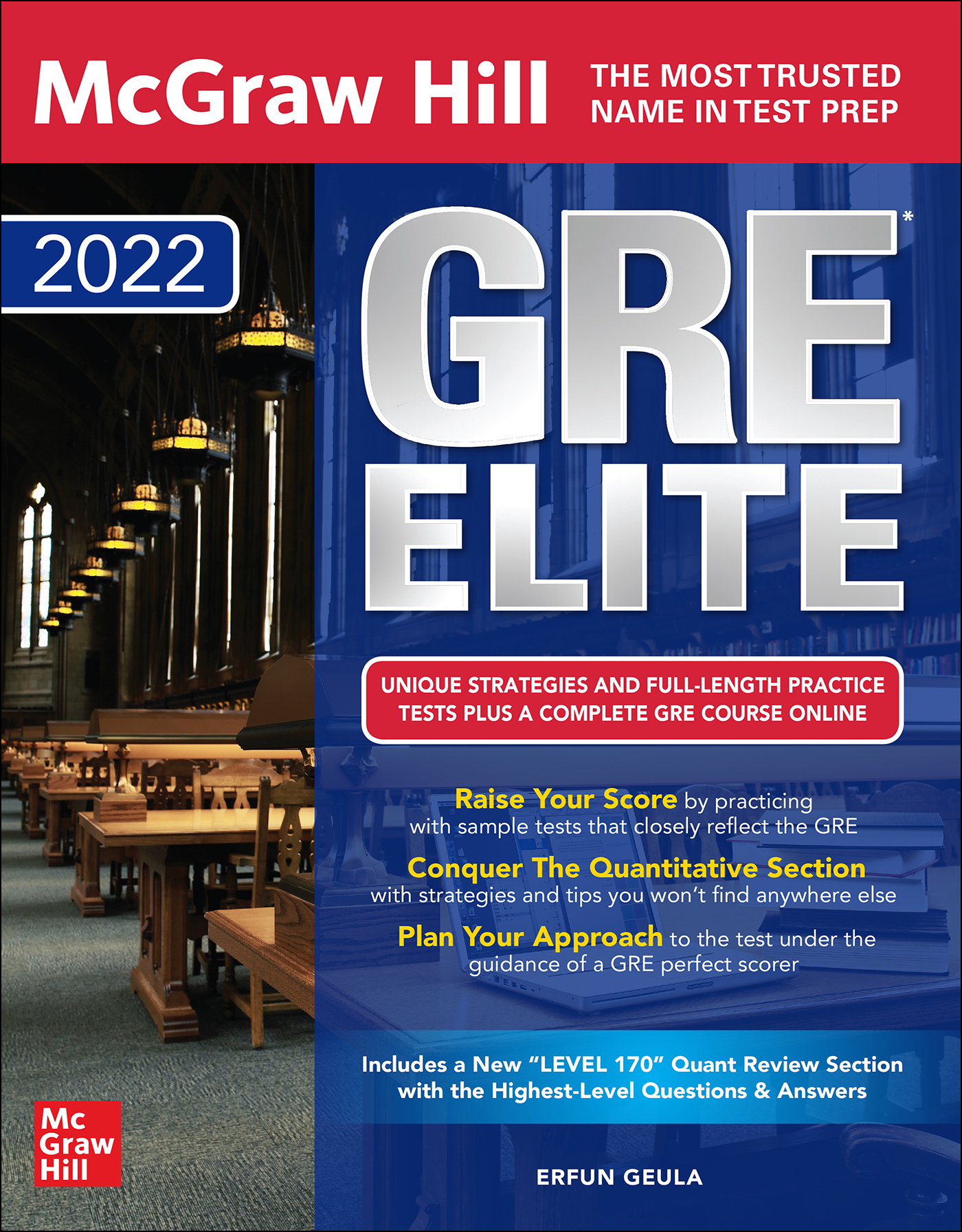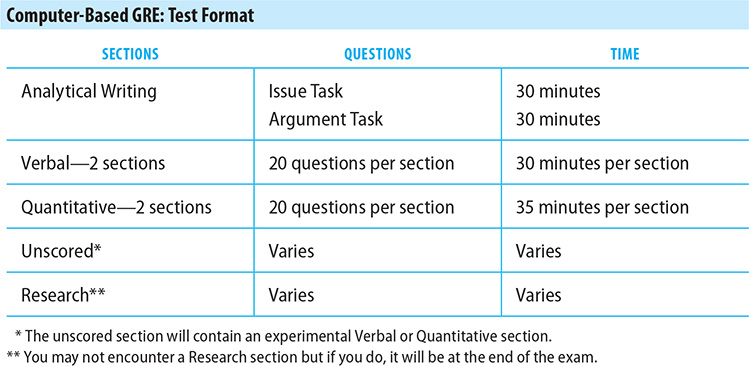Contents
Guide
Page List


Copyright 2021 by McGraw Hill. All rights reserved. Except as permitted under the United States Copyright Act of 1976, no part of this publication may be reproduced or distributed in any form or by any means, or stored in a database or retrieval system, without the prior written permission of the publisher.
ISBN: 978-1-26-426716-3
MHID: 1-26-426716-9
The material in this eBook also appears in the print version of this title: ISBN: 978-1-26-426715-6, MHID: 1-26-426715-0.
eBook conversion by codeMantra
Version 1.0
All trademarks are trademarks of their respective owners. Rather than put a trademark symbol after every occurrence of a trademarked name, we use names in an editorial fashion only, and to the benefit of the trademark owner, with no intention of infringement of the trademark. Where such designations appear in this book, they have been printed with initial caps.
McGraw-Hill Education eBooks are available at special quantity discounts to use as premiums and sales promotions or for use in corporate training programs. To contact a representative, please visit the Contact Us page at www.mhprofessional.com.
GRE is a registered trademark of Educational Test Service (ETS), which was not involved in the production of, and does not endorse, this product.
TERMS OF USE
This is a copyrighted work and McGraw-Hill Education and its licensors reserve all rights in and to the work. Use of this work is subject to these terms. Except as permitted under the Copyright Act of 1976 and the right to store and retrieve one copy of the work, you may not decompile, disassemble, reverse engineer, reproduce, modify, create derivative works based upon, transmit, distribute, disseminate, sell, publish or sublicense the work or any part of it without McGraw-Hill Educations prior consent. You may use the work for your own noncommercial and personal use; any other use of the work is strictly prohibited. Your right to use the work may be terminated if you fail to comply with these terms.
THE WORK IS PROVIDED AS IS. McGRAW-HILL EDUCATION AND ITS LICENSORS MAKE NO GUARANTEES OR WARRANTIES AS TO THE ACCURACY, ADEQUACY OR COMPLETENESS OF OR RESULTS TO BE OBTAINED FROM USING THE WORK, INCLUDING ANY INFORMATION THAT CAN BE ACCESSED THROUGH THE WORK VIA HYPERLINK OR OTHERWISE, AND EXPRESSLY DISCLAIM ANY WARRANTY, EXPRESS OR IMPLIED, INCLUDING BUT NOT LIMITED TO IMPLIED WARRANTIES OF MERCHANTABILITY OR FITNESS FOR A PARTICULAR PURPOSE. McGraw-Hill Education and its licensors do not warrant or guarantee that the functions contained in the work will meet your requirements or that its operation will be uninterrupted or error free. Neither McGraw-Hill Education nor its licensors shall be liable to you or anyone else for any inaccuracy, error or omission, regardless of cause, in the work or for any damages resulting therefrom. McGraw-Hill Education has no responsibility for the content of any information accessed through the work. Under no circumstances shall McGraw-Hill Education and/or its licensors be liable for any indirect, incidental, special, punitive, consequential or similar damages that result from the use of or inability to use the work, even if any of them has been advised of the possibility of such damages. This limitation of liability shall apply to any claim or cause whatsoever whether such claim or cause arises in contract, tort or otherwise.
Contents
PART 1
Getting Started
CHAPTER 1
Introducing the GRE
Study this chapter to learn about:
What Is the GRE?
The GRE (Graduate Record Examination) is a test required by most universities for admission to their MA, MS, and PhD programs. Increasingly, many business schools are accepting the exam as well. Unlike most tests that students may have taken in college or high school, the exam does not test knowledge or achievement in any specific areas. Instead, the exam is designed to assess the test-takers fundamental Quantitative and Verbal Reasoning abilities.
Thus the Quantitative portion of the exam does not address advanced mathematical concepts such as calculus or advanced trigonometry. Instead, it assesses a students conceptual understanding of the foundational mathematical topics from high school: algebra; fractions, decimals, and percents; arithmetic; word problems; and geometry. Many students interpret this information to mean that they simply need to re-memorize their rules from high school math to succeed on the Quantitative section. In fact, the Quantitative questions are concerned more with a students ability to implement logic skills in conjunction with these topics rather than to regurgitate a certain set of rules.
You should think of the Quantitative questions as puzzles to be solved using certain mathematical principles, not as questions that can be solved by straightforward application of a few principles or formulas.
Likewise, the Verbal portion of the exam does not require preexisting content knowledge. The Reading Comprehension questions do not assume or require prior familiarity with the passages content; instead, they are designed to measure a students ability to efficiently digest the information in a college-level text. Text Completion and Sentence Equivalence questions, however, will require knowledge of college- and graduate-level vocabulary. For students who perform below their desired score range on the Verbal Reasoning section of the diagnostic test, learning vocabulary may be the quickest way to a score improvement.
It should be noted that even the vocabulary-based questions address verbal reasoning in the sense that they address a test-takers ability to use the context of a sentence and logical connections among a sentences parts to identify the word(s) that best fit in a certain context.
The GRE consists of six or seven sections: an Analytical Writing section, two scored Quantitative Reasoning sections, two scored Verbal Reasoning sections, and one unscored experimental section, which could be either Quantitative or Verbal. The computer-based version of the test is arranged as follows:

The paper-based version of the GRE involves slightly different time limits and numbers of questions. It does not include a Research section.
As of 04/21, ETS is offering test-takers throughout the world the option to take the GRE General Test at Home. The structure, content, policies, and scoring of the exam are all identical to those of the GRE administered at Prometric testing centers. To ensure a fair testing environment, a virtual proctor will observe you as you take the exam. To learn more, go to this website: https://www.ets.org/s/cv/gre/at-home/
GRE Scoring
For your performance on the Quantitative and Verbal sections, you will receive raw scores, which are calculated based on the questions you answered correctly in each section and the level of difficulty of these questions. These raw scores are then converted to scaled scores ranging from 130 to 170, going up in 1-point increments. The conversion from the raw score to the scaled score depends on:
the number of questions answered correctly for a given section
the assigned level of difficulty of all correct and incorrect questions (each question is assigned a level of difficulty ranging from 1 to 5).







